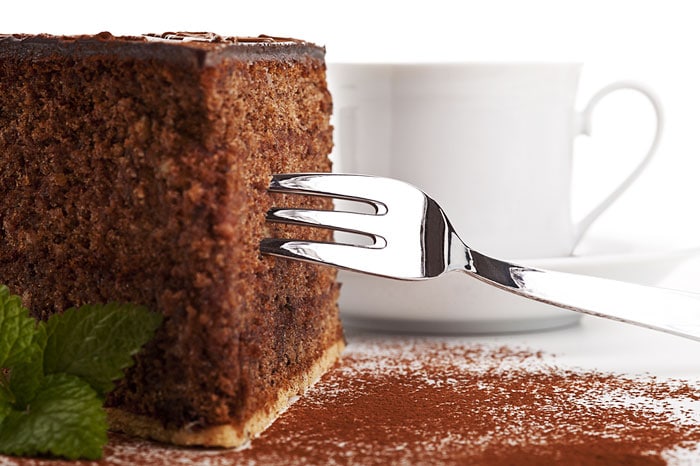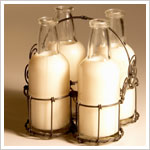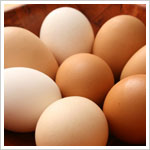
Written By: Christina Newberry
Reviewed By: Gloria Tsang, RD
Title: Registered Dietitian
Last Updated on:

For vegetarians, baking is no problem. It’s one of the few types of cooking where you don’t have to adjust recipes too much, or rule out half the search results (or more) when looking for recipe ideas — although bacon is becoming surprisingly popular in both savory baking and desserts!
For vegans, though, baking is another story. Milk, eggs, and butter are key ingredients in the realm of baking. So unless you’re working from a specifically vegan cookbook, you’ll need to learn some key tricks for making substitutions in baking recipes. Here are our top 3 vegan tricks to use in baking. With these tips on hand, you’ll be able to whip up biscuits or a cake that will even please your non-vegan friends.

If you’ve never tried it, it might sound strange to learn that you can make a truly delicious cake (or cupcakes) using vinegar and baking soda instead of eggs and milk. The best part of this trick is that you can mix the cake right in the baking pan – no mixing bowl to wash!
This method, called the “crazy cake,” became popular during the depression, and has been a secret trick of busy mothers ever since. (The original chocolate was the go-to birthday cake recipe in my non-vegan household as a kid. The extra bonus was the recipe was so easy my mom had us baking cakes before we got to high school.)
You can find a recipe for the depression-era chocolate version here.
 When it comes to baking, not all non-dairy milks and other dairy substitutes are the same. Here are the best substitutes for each dairy ingredient.
When it comes to baking, not all non-dairy milks and other dairy substitutes are the same. Here are the best substitutes for each dairy ingredient.
 Eggs are a big deal when it comes to baking, but they don’t serve the same role in all recipes. In some recipes, their job is just to help all the ingredient stick together (called “binding”). This is usually the case in recipes for pie fillings or other items that don’t need to rise. In other recipes, such as cookies and muffins, the job of eggs is to help make the finished product light and soft (“leavening”). In still other recipes, such as popovers, eggs are used mainly to add extra liquid, which creates steam in the baking process. Here are the best choices for each purpose.
Eggs are a big deal when it comes to baking, but they don’t serve the same role in all recipes. In some recipes, their job is just to help all the ingredient stick together (called “binding”). This is usually the case in recipes for pie fillings or other items that don’t need to rise. In other recipes, such as cookies and muffins, the job of eggs is to help make the finished product light and soft (“leavening”). In still other recipes, such as popovers, eggs are used mainly to add extra liquid, which creates steam in the baking process. Here are the best choices for each purpose.
For all of these options, you will need to experiment a bit to see how the ingredients used impact the final taste and texture of your recipe, then make a note of which option works best for each product.
Vegan baking presents a few challenges, it’s true. But with these tips, you should be able to recreate your favorite recipes without the baking staples of milk, butter, and eggs. Remember to allow time to experiment and try things out a few times before getting frustrated. The end result will be worth it!
Alumni: University of Victoria – Christina Newberry is a writer and editor whose work has appeared in national and local magazines and newspapers. With a Bachelor’s degree in English and Anthropology from the University of Victoria and a Journalism Certificate from Langara College, Christina brings keen curiosity and the love of a good story to her work with HealthCastle.com.
Christina is a passionate traveler and urban gardener with an interest in vegetarian eating and making good, tasty food from scratch. Sharing lessons learned from her own experiences, Christina writes about lifestyle topics for HealthCastle, with a focus on eating well at home and on the road.
baking, home cooking, vegetarian